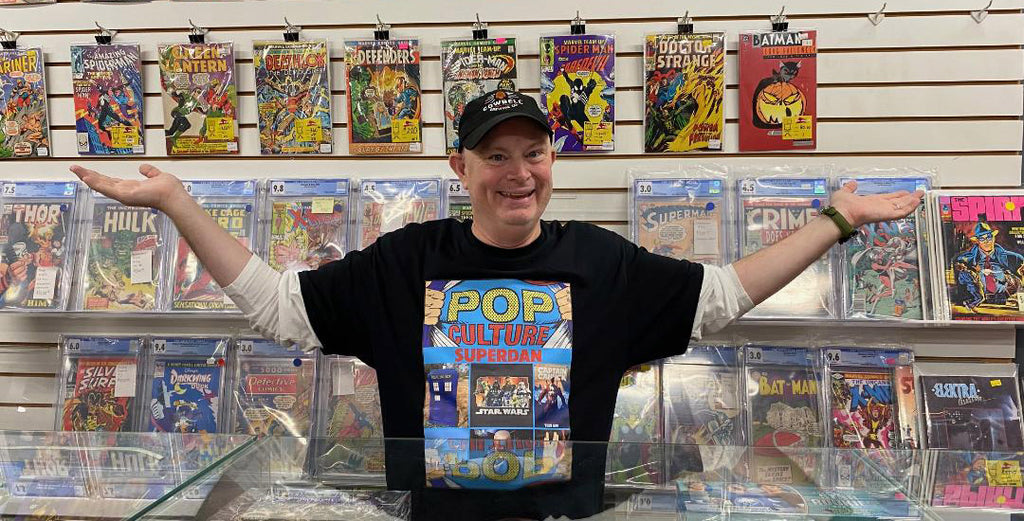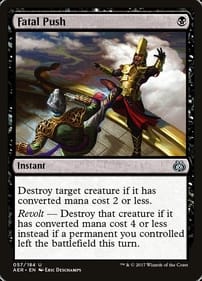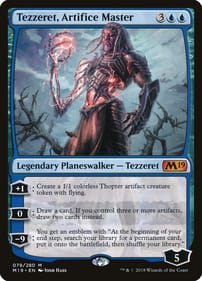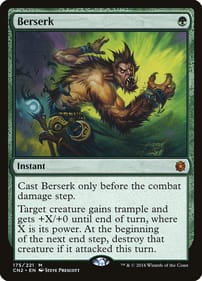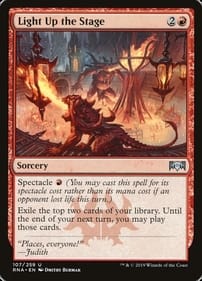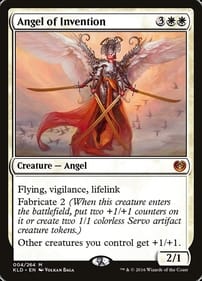Comic Cover Version an Interesting Experiment
By Dan Brown We all know what covers of songs are. Well, this summer I read my first cover version of a comic. It’s an interesting idea, with obvious nostalgia appeal for old-school superhero fans like yours truly. The issue that was covered was Giant Size X-Men No.1 from 1975, which was the first Marvel comic to feature Wolverine, Storm, Nightcrawler, and Colossus as a team. (Wolverine had made his first-ever appearance the previous year in the pages of the Hulk’s monthly title.) The cover version is billed as a tribute to the work done 50 years ago by creators Dave Cockrum and Len Wein, who were given the assignment of rebooting the X-Men series, which in the mid-1970s had been dormant for some time. The pair were told to come up with a new team, one which hopefully revive interest in mutants, and also sell into foreign markets – that’s why the new characters were a mix of nationalities. It features the work of such artists as Mike del Mundo, Alex Ross and Takeshi Miyazawa. If for nothing else, older readers can appreciate it as a one-stop introduction to the hottest modern-day pencillers and painters. Each artist covers one page from the original. For example, Ross did the opening splash page featuring the then-new class of mutants to be tutored by Charles Xavier in how to control their abilities and use them for the benefit of both mutants and humankind. So Ross brings his painterly realism to a group pose that was rendered by Cockrum back in the day. For the most part, the artists keep the panels as they were – many of them tipping their hats to Cockrum by showing how his original compositions were perfect in the first place. Few of them deviate from the original pages because the assignment was to tip their hats to Cockrum and Wein. There are some exceptions, such as the pages by Stephen Segovia and Joshua Cassara featuring Wolverine. The Canuck brawler looks a little more like the character he would eventually develop into. The book also includes the original 36-page story, so readers can compare the two versions, as well as other bonus material including comments from each of the individuals who were invited to participate in the project. Giant Size X-Men No. 1 is famous because it brought the X-Men back to life. The cover is also famous because Gil Kane mis-drew Wolverine’s mask, mistakenly giving him the headgear we are all familiar with today. It also featured the mutant island of Krakoa, which would decades later become an integral player in the history of the X-Men as their tropical sanctuary. Wein’s script is mostly intact. A "minor rewrite" was done “to address contemporary concerns about language.” I don’t approve of sanitizing stories from the past as a rule, however, the fact is I didn’t even notice the changes. As far as cover versions of songs go, I am of two minds. Some of them I appreciate for what the cover musicians bring to the old tunes. Other times, I can only hope young listeners will be turned on enough to trace the song back to its origins and come to appreciate musicians from yesteryear. Giant Size X-Men No.1 is the first cover version of a comic I have read, so I will wait to see if Marvel (or DC) publish any others before I make up my mind entirely on how I feel about them as a genre. It’s just awesome to know creators such as Cockrum and Wein were influential enough to inspire the current crop of artists and writers to take comic books seriously as an artform, moving the industry forward into the present day. Dan Brown has covered pop culture for more than 33 years as a journalist and also moderates L.A. Mood’s monthly graphic-novel group.
Back to School for Gifted Children
By Dan BrownIt’s early September, the perfect time for a back-to-school column. And the subject of this one is schools for gifted children, a recurring trope in pop culture I first came across in the pages of Marvel Comics in the late 1970s.At these places of learning, the students can be mutants or sorcerers or vampires or weirdos. The private-school setting is the common thread that ties them all together, and it’s a plot device that’s been so widely used, it’s become a narrative crutch that deserves to be parodied.The most recent example I noticed comes from the Netflix series Wednesday, which dropped last November. Although I love the Addams Family characters, Wednesday wasn’t really my thing. But my wife convinced me to watch long enough for me realize, “Hey, Nevermore Academy is the latest in a long line of Gothic boarding schools where things aren’t as they seem and perhaps monsters roam the halls!”(Fun fact: The original Addams Family television show was inspired by a single-panel recurring cartoon in The New Yorker magazine.)The first one of these schools I ever encountered was Professor Xavier’s School for Gifted Children. Maybe you can relate.I began reading The Uncanny X-Men in the early days of John Byrne’s run on the title as penciller, and I loved the characters so much I eventually worked my way backwards to the debut issue of the irregularly published title.Back in 1963, Jack Kirby was the first artist to depict this particular school, which was home to Cyclops, Marvel Girl, Angel, Beast, Iceman and, of course, Professor Charles Xavier (you knew he had mind powers because he was bald).Over the years, the building in New York’s Westchester County has been known by many names, like the X-Mansion, the Xavier Institute for Higher Learning, and the Xavier School for Gifted Youngsters. It has been destroyed, become sentient, been transported to another dimension, and lately rendered irrelevant by the mass relocation of the Homo Superior race to Krakoa. I think that’s a shame. It was in the aptly named Danger Room that Xavier’s pupils honed their mutant powers, safe from the world that fears and hates them.The most well-known academy for gifted children is, of course, the Hogwarts School of Witchcraft and Wizardry, made famous by J.K. Rowling and first appearing in her 1997 novel Harry Potter and the Philosopher’s Stone.We’ve now arrived at the point where I admit I don’t have a fully fleshed-out theory of why this trope resonates so strongly with the members of so many different fandoms. My brightest idea is simply going to school is a common experience we all share. That might account for why schools for the gifted are so prevalent in pop culture. But beyond that, your guess is as good as mine. Is the trend being driven by a fascination on the part of those who attended public schools with how things work at boarding schools? A fetish for things British? Laziness on the part of writers?Other examples include the Salvatore School for the Young & Gifted from The Vampire Diaries, the Umbrella Academy, and the superhero school in the clouds from the underrated 2005 flick Sky High.But I’ve saved the best for last. I’m talking about Canadian comic creator Jilliam Tamaki’s SuperMutant Magic Academy, which is a place where immortals, shapeshifters, braniacs, closeted lesbians and a girl with the head of a lizard go to classes.The 2015 graphic novel takes the Hogwarts and Xavier School premise seriously: What if teenagers with powers actually had to go to high school together? How would they deal with the angst of being teens? How would they cope with boredom? Would they use their special abilities for good? The result is a funny and touching portrait of a group of students and teachers who are really no different from you or me. I give the book an A+.Dan Brown has covered pop culture for 30 years as a journalist and also moderates L.A. Mood’s monthly graphic-novel group.



